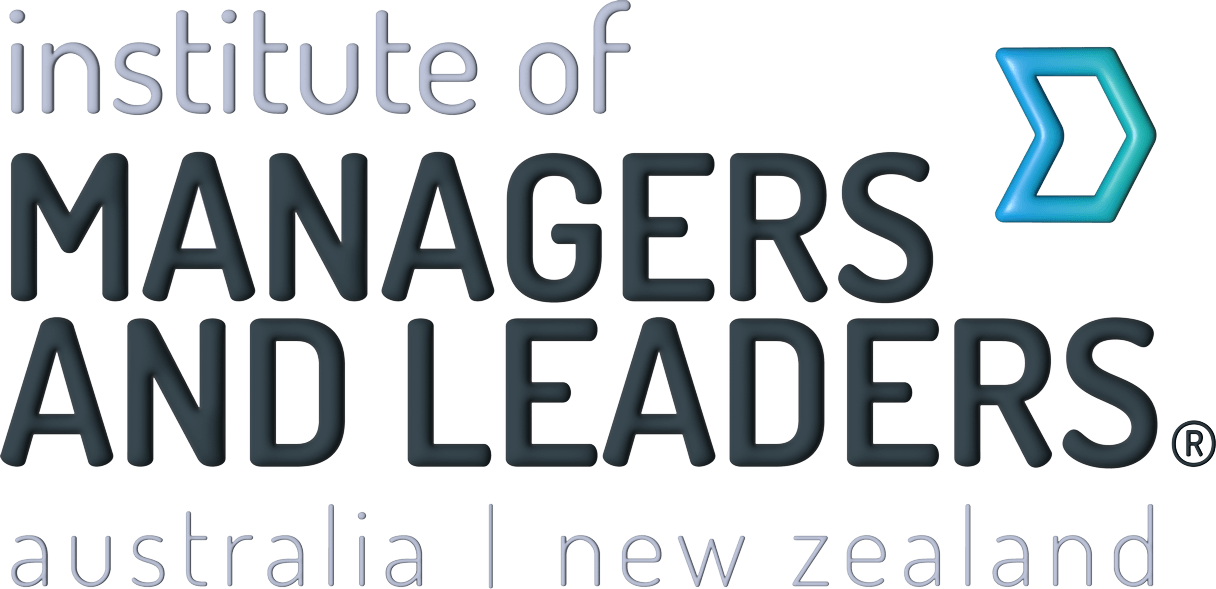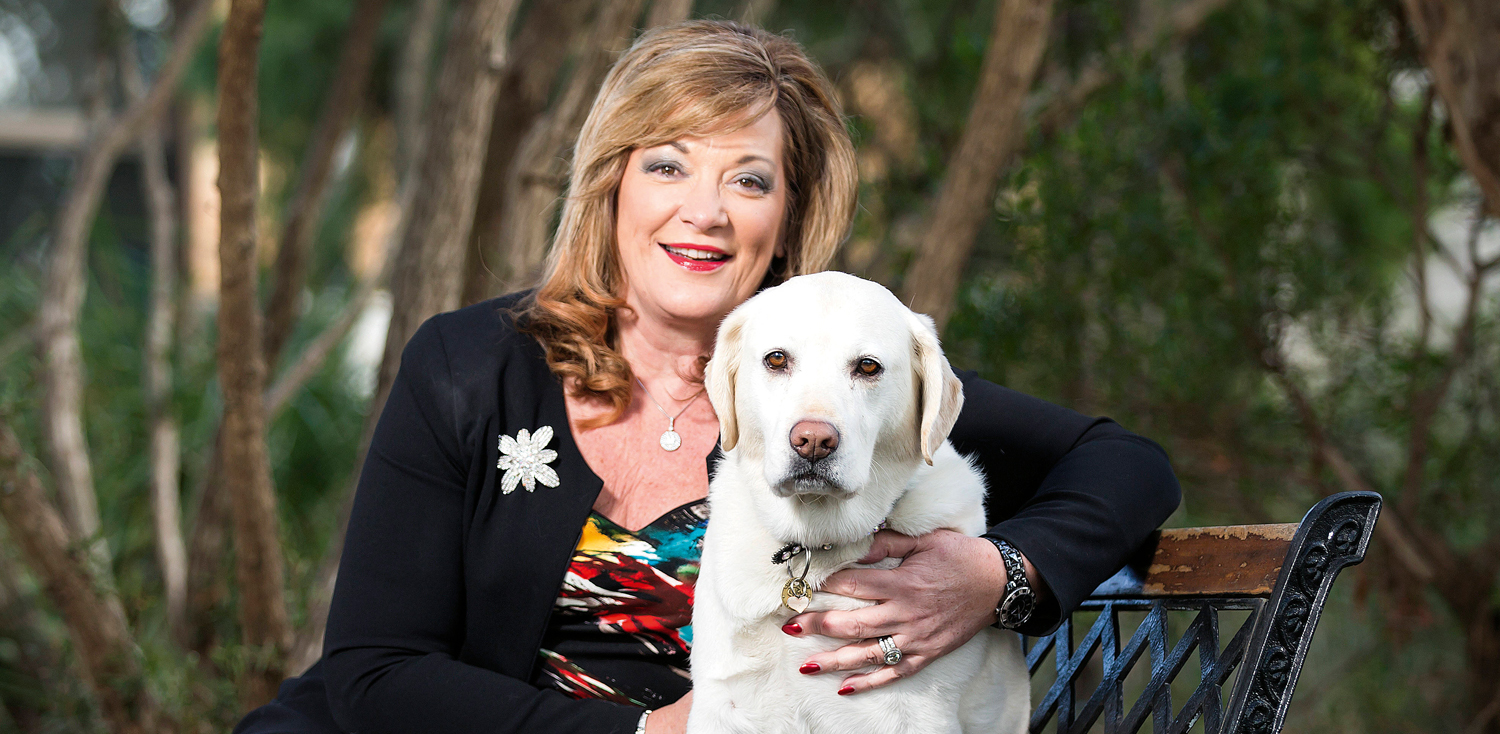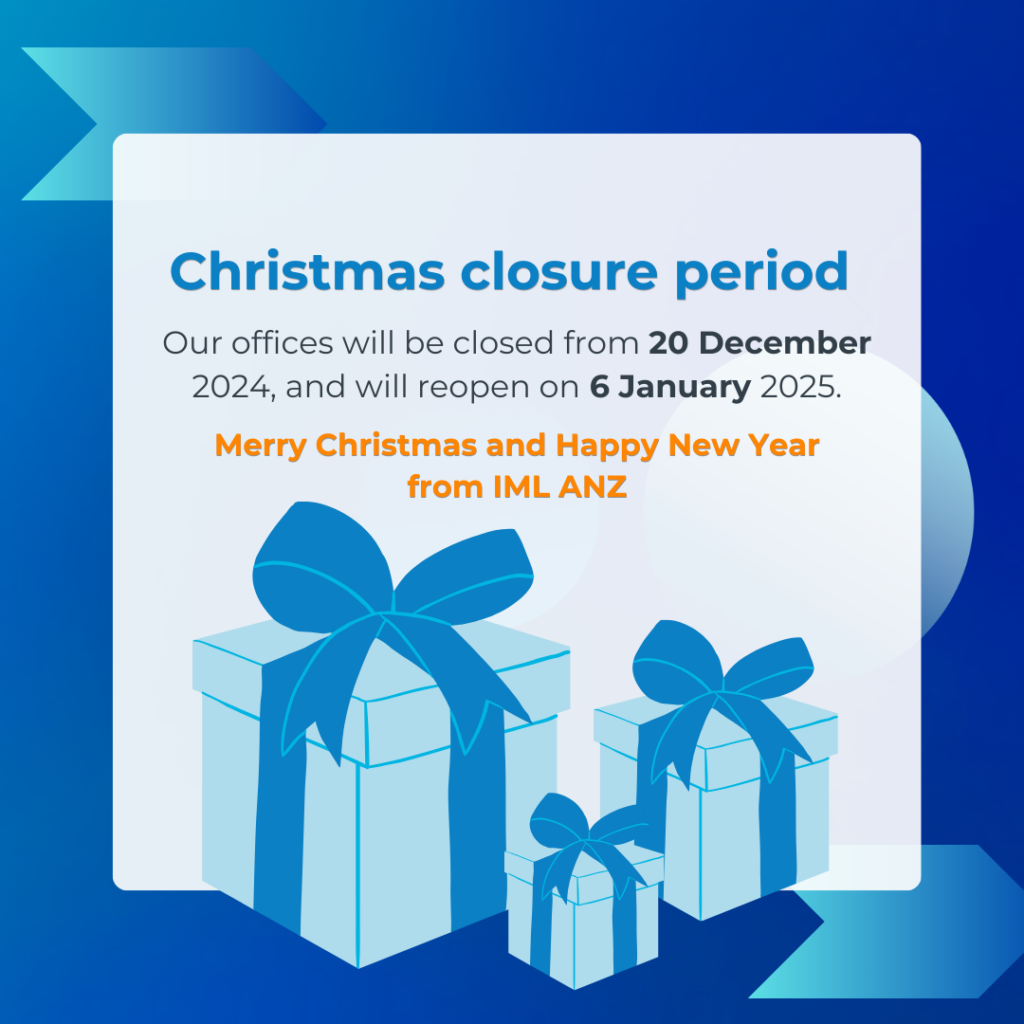Fitness Industry high flyer Elaine Jobson says setting a strategy means finding a vision that ignites your entire team and rallies them to your case. But first, take the time to listen
Elaine Jobson FAIM is a fitness industry veteran who, over the past 23 years, has worked for a number of large fitness brands in executive positions. Her roles have taken her all over the globe, including Asia, Europe, South Africa and now Australia.
She has teamed with entrepreneurs including Mike Balfour OBE, founder of the Fitness First gym chain, Virgin boss Sir Richard Branson and Brendon Levenson, owner of Jetts 24 Hour Fitness Gyms, where she is now chief executive officer.
Jobson is passionate about building successful companies through great cultures, and her work as chief operating officer at Virgin Active South Africa helped create a base that transformed the organisation. (It topped Deloitte’s “Best Company to Work For” survey for Southern Africa in 2012.) She sat down with AIM chief executive David Pich to talk about the importance of strategy in business, and love.
DAVID PICH: This issue’s theme is around setting strategy, which amongst managers and leaders is quite often viewed as a very scary word.
elaine jobson: I don’t find strategy scary, I find it really exciting. But I suspect that people find it scary because – unless you spend the time clarifying and being very purposeful in knowing where you’re going – it’s almost impossible to set strategy.
Business is so frenetic today that leaders don’t often get the time to come up with their endgame so they can build a meaningful strategy. It takes a couple of years for a true strategy to even be implemented. And then it takes time for the results to be realised.
You see this during the merry-go-round that happens when chief execs and managing directors are appointed every couple of years. As you know, business is not patient, investors aren’t patient and private equity is not patient.
I think sometimes people just run out of runway before they’ve even had a chance to implement their strategy. I think that’s the association of feeling scared about setting a strategy – you’re thinking, “Is it quick enough? Am I going to get results quickly enough?”
DP: You’ve taken a number of jobs where you’ve gone in as the leader. What’s your approach to setting strategy?
ej: I have a pretty systematic approach. The first thing I do, before I even think about setting strategy, is actually look at what the challenges are, where are the opportunities, where do we need to be useful and what do we need to actually fix in the business? When you decide that, you know what you need to get you there.
One of the things I learned from Mike Balfour, the founder of Fitness First, was to spend plenty of time understanding the problem before rushing to find the solution. Once you do that, the solutions become quite easy and really exciting. I think you can rally a team behind that solution once they understand that it’s actually going fix the issue. So the strategy for me kicks in at that point.
It starts with a lofty goal – some people call it purpose, some will call it the mission or the vision. But you have to go out to your teams and rally them behind a cause. And that cause has got to be big enough to get the energy going. If it’s about conquering markets, then that needs to be translated to the people, and then they need to be given the battle plan.
I’ve never given a six-month strategy or even a 12-month strategy. I actually give at least a three-year one. I’ll tell the team: “This is where we’re going be in three years’ time.” And I will give them an outline of what that’s going to look like and I’ll get them really excited about the last bit of the strategy. I tell them it’s not going be the most glamorous and sexy bits first, but be patient, we’ll get there.
And that’s exactly what we’ve done with Jetts. We are now in year three of a three-year strategy. And we’ve had some amazing gains and we really rebuilt the business over that three years. But every one of my team knew what the end goal was from three years ago.
DP: What is the strategy or, more correctly, what was the strategy three years ago?
ej: The problem was that Jetts has been a fast-growth company. Being a value-for-money, 24/7 gym, it had a great value proposition early on in that journey. But it started being squeezed by competitors who were offering pretty much the same thing. So we figured out that was the problem – how do we rebuild our value proposition for the customer in this more competitive market?
We knew we had to build a competitive defence based on more than price. We knew that what we’d become quite good at was culture. We knew that we had good people and the right kind of people. And we thought that from a brand perspective, we had some real credibility in the market.
So we decided they were going to be our linchpins. We knew that if we could attract the best talent and give our members a great service experience that would create another value proposition at what’s perceived to be the “value end” of the market, where that expectation of great service wasn’t there with the customer.
We also decided that we wanted to be “Australia’s something”, because we were the first 24/7 brand in Australia. We’re an Australian company and all our competitors are American, so we wanted to reclaim the Australian piece.
We actually anchored this around the vision of being “Australia’s most loved gym”, and that was what our team fell in love with. They didn’t want to be the biggest, the most profitable – they wanted to be Australia’s most loved. They got out of bed in the morning thinking, “Actually, I want my club to be the most loved in my area.”

DP: How did you get to that vision and those words? One of the things that I find really interesting about strategy is it starts with a vision.
ej: We knew we needed something really appealing, emotional, and that wasn’t monetary because our people in our gyms are passionate – they don’t care about money. So we actually went and hung out with them. We videoed a lot of our teams and a lot of the members. We actually went out and asked members, “Why come here? What do you like about being here?”
And this ‘love’ word just kept hitting us in the face. And then we said, well you know, maybe that’s the thing. Maybe love actually features because it’s a bit like a relationship when a member joins. You know, they join, they’re all excited and they’ve got these great ambitions of getting the body they want. And then they go on this journey with us and, obviously, it’s quite intimate.
Then we thought, “Well, Australia’s most loved,” because we also felt that was humble. It’s easy for companies to say, “We’re going be the biggest and the best or world class,” and all of that. But we thought that’s a little bit egotistical.
DP: Being the most loved is about what someone thinks of you, not what you think of yourself.
ej: Exactly, but we didn’t know how to make it measurable. So this whole “How do you measure love?” became a thing. Now we have four key metrics that measure what we call love. They range from net promoter score [how willing customers are to recommend a company’s products or services to others] to average length of stay, to yield, but we always put it back to “If somebody loves you, they stay.” And so if they stay then we obviously get more profit. It marries the emotional and logical quite nicely.
DP: How far into the strategy setting process did the vision come? Did you continue with setting the strategy before you’d come up with the vision?
ej: It had come upfront and centre. Yeah, we had to do it because I could never rally the energy that the strategy needed if I didn’t have a compelling vision. It had to be something that literally got thousands of people out of bed in the morning. If it couldn’t do that, it wasn’t good enough. It’s got to resonate in the minds of the people in the front line. And I think that’s a mistake in businesses that, you know, you’ll see five pages of what our vision is but it is meaningless to those in the front line.
DP: So you have to get the buy-in of the people on your side of the fence before you sell that outside?
ej: Yes, that’s right. We needed buy-in from everybody: our personal trainers, our club teams, and our business owners – because a lot of our clubs are franchise owned.
DP: And that’s because vision is almost meaningless to the customers if the people on the inside are not selling it.
ej: Well, that’s another interesting thing. I’ve been under pressure to also sell the strategy to customers because our teams get really excited about what we’ve achieved, especially over the last three years. But I won’t let it go to our customers, because until I’m absolutely confident that every customer feels that we are the most loved, it’s belittled, it’s not real in their mind.
DP: So let me just get this straight because this is really interesting – your vision at the moment is a ‘secret’ vision. But it’s only a secret externally. Everybody internally knows that. Do you think that has something to do with your vision having the word ‘love’ in it? Because there’s something that could turn people off with that word, isn’t there?
ej: And that’s why we need to have that metric in place; we’re being measured by everybody else who’s around us. That’s why things like net promoter score are really important, because it’s industry-based, we don’t just do ourselves. So we know where all our competitors sit in terms of how happy their customers are.
DP: And where do you sit?
ej: Well, we’re top.
DP: Of course, when we’re talking about strategy, we have to bring culture into the mix. That statement, “Culture eats strategy for breakfast”, is still in the annals of management history. So is it true your culture can make your strategy fail?
ej: Yes, it can. We’ve all probably seen it at some level in our own careers. You know, the boss arrives one day with an amazing idea or an amazing execution plan. But if everybody thinks he’s a bit of a prat, it’s not going anywhere. I always think of it as passing a ball and having your team run with your ball. You pass it in a way that they want to receive it. And if you don’t have the right culture, they won’t take the ball, they won’t run with it. They’ll actually actively do things to stop it when you’re not looking. Culture is whatever happens when you’re not there.
DP: Identifying the problem is quite easy, but what if you have to change the team of people? How do you go about that?
ej: I find that whenever I arrive in a company and a change of leadership has happened because I’m arriving, that the people are not stupid. They know what the problems are and often have most of the answers. They just haven’t got the authority. So I spend a lot of time with them actually just listening because, eventually, they will tell me what the issues are and they’re usually right.
DP: So you’re the new boss. You have a board or an owner or a bunch of venture capitalists who want their return on investment. How long have you got for the rubber to hit the road?
ej: Well, it depends on the size of the problem. The first thing I do is negotiate that space. Sometimes when you’re making change, things get worse before they get better. And I think an executive that goes into a job and doesn’t have that hard conversation with the person that’s hiring them is setting themselves up to fail
When I went into the Virgin company [in South Africa], I had to remove 40 per cent of the workforce because, from a cultural point of view, they were never going to change. And if I hadn’t managed that expectation with the board, that might have been a very sad story.
I also look for two or three low-hanging fruit that I can just throw to the board as performance improvements that, you know, perhaps they’ve not thought about. And they get confidence [in you]. So you have to do that to get the slower, longer burn of the sustainable change that you can make over time. Because when you get that, that’s when you get that beautiful world of, “this is not going to disappear overnight. This is not just a smoke-and-mirrors improvement.”
DP: Do you revisit your three-year strategy each year?
ej: It’s probably more accurate to say I set a three-year vision and I have themes. So I’ll launch the themes, “This is the first theme, the second, and the third. And if we do this one, then we’ll move on to the next.” So they always know that there are three bits to go through and that’s what is going to get us there. But we’ll have, obviously, the measurements and the milestones in between.
DP: You’ve just had a big change in the business, with the company being sold [for $100 million to Quadrant Private Equity]. How exciting is this sort of strategic change?
ej: Jetts is Australian home-grown, being owned by its founder Brendon Levenson for the last 10 years, and going from nothing to more than 200 clubs. But it got to a point where it’s a mature business in Australia and we had to make a decision about what’s next.
For me, businesses never stand still. You grow or you decline and you have to decide which one you are going to be. So we decided that there’s a lot of things we still want to do, and international markets was our ambition. We wanted to dip our toe in the water and try out Jetts overseas. The first company that knocked on our door was Quadrant and they ended up buying us, so we didn’t even go out to market.
It’s exciting because we’ve done all our homework and we’ve got a really rock-solid foundation. We’re going international now and, you know, we’re ready for it! I just have to make sure that, obviously, nothing goes off strategy here.
So the question is… are we going be the world’s most loved gym? Not only Australia’s? It’s going to be taking on the world.
DP: That’s right. You have to keep the present situation in mind while thinking of the future. How do you do that as a leader? It just sounds incredibly complex.
ej: It is complicated, because if you haven’t spent that time building up a team that can take on the baton from you, you’re screwed. I had to bang the drum of vision and strategy for the last three years, but I’ve banged it lighter over the last year because others are banging it. It doesn’t need me to do that anymore. It will keep going. But I will have to spin the plate every now and again, so I have to make sure I still give it enough attention and profile that it doesn’t lose its momentum. But equally, now I’ve got to go and get some momentum behind the other [international] strategy as well, and then tie them all in together. The vision should be a shared vision.


















